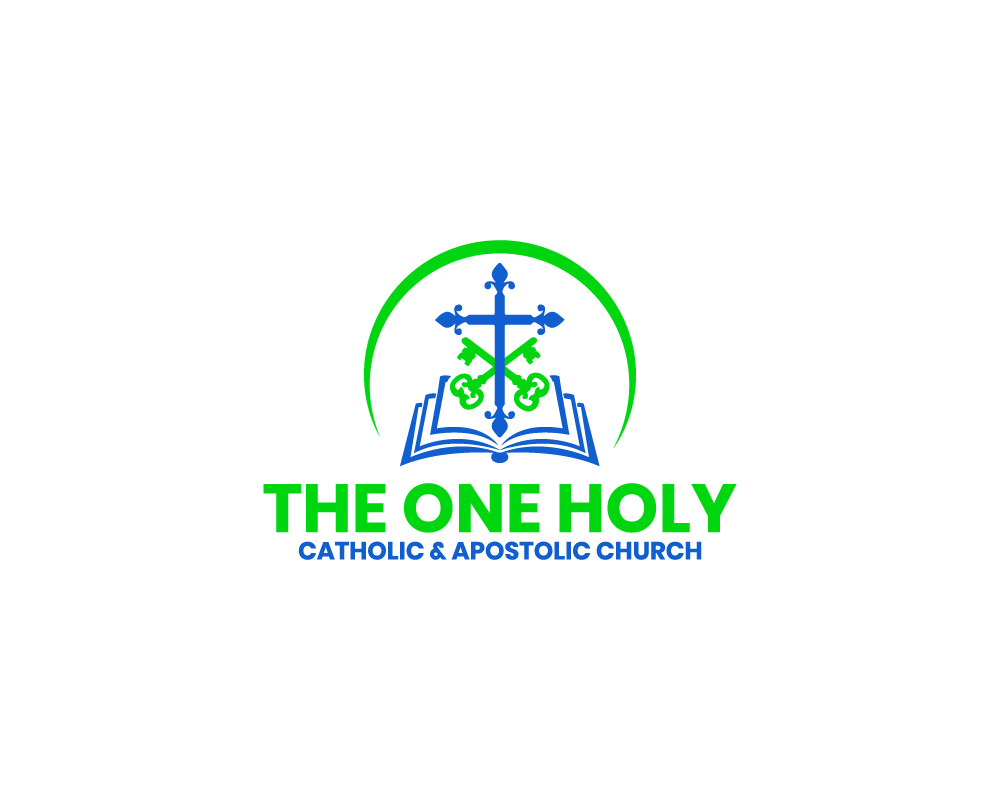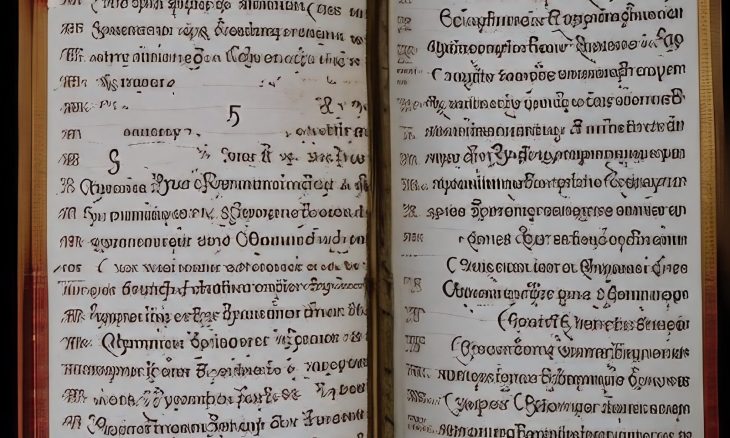Introduction
The Rudder, also known as Pedalion, is a vital document in Eastern Orthodox Christianity, serving as a comprehensive guide to the Church’s canon law. Compiled by St. Nicodemus of the Holy Mountain and St. Agapius in the 18th century, this essential work brings together decrees, canons, and decisions from ecumenical councils, local councils, and revered theologians. This article offers an overview of The Rudder, its historical significance, and its impact on Orthodox Christianity.
Historical Context
The Rudder was created in response to the need for a unified collection of canons, which would provide a consistent and accessible source of guidance for the Orthodox Church. The compilation process involved a meticulous examination of existing canons and the inclusion of commentary to help explain their meaning and application.
The Rudder is divided into several sections, including:
- The Apostolic Canons: These 85 canons were attributed to the Apostles and formed the foundation of early Christian canon law.
- The Canons of the Ecumenical Councils: Encompassing the seven Ecumenical Councils, these canons addressed crucial theological and disciplinary issues faced by the Church.
- The Canons of the Local Councils: These decisions and decrees were issued by local and regional councils, addressing a range of topics specific to particular regions or circumstances.
- The Canons of the Holy Fathers: These include guidelines and teachings from revered theologians and Church Fathers, such as St. Basil the Great and St. John Chrysostom.
Significance of The Rudder
The Rudder serves as the primary guide for the Eastern Orthodox Church in matters of doctrine, discipline, and practice. It is a crucial resource for clergy and laypeople alike, as it outlines the Church’s stance on various issues and provides guidance for navigating complex situations.
While some of the canons within The Rudder may seem outdated or irrelevant in the modern world, the document remains an essential tool for understanding the historical development of Orthodox canon law and the Church’s foundational teachings. Additionally, many canons still have practical implications for contemporary Orthodox Christians, guiding in areas such as liturgical practice, ecclesiastical hierarchy, and moral conduct.
The Rudder and Ecumenical Councils
One of the most significant sections of The Rudder concerns the seven Ecumenical Councils, which have played a central role in shaping Orthodox Christian doctrine. These councils were convened to address key theological controversies and establish a unified understanding of the faith. The Rudder’s inclusion of the canons from these councils highlights their importance and ensures that their decisions continue to guide the Church.
Conclusion
The Rudder is a monumental work that remains indispensable for those seeking to understand the foundations of Orthodox Christian canon law. By compiling the canons, decrees, and decisions from various sources, St. Nicodemus and St. Agapius provided a valuable resource that has guided the Eastern Orthodox Church for centuries. As a living document, The Rudder continues to offer insight into the history and development of Orthodox Christianity while providing practical guidance for contemporary believers.



